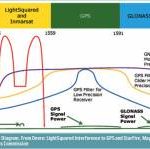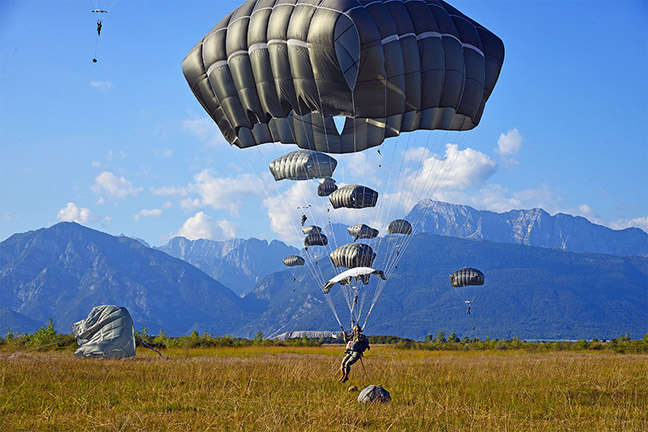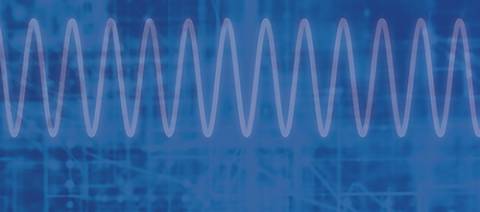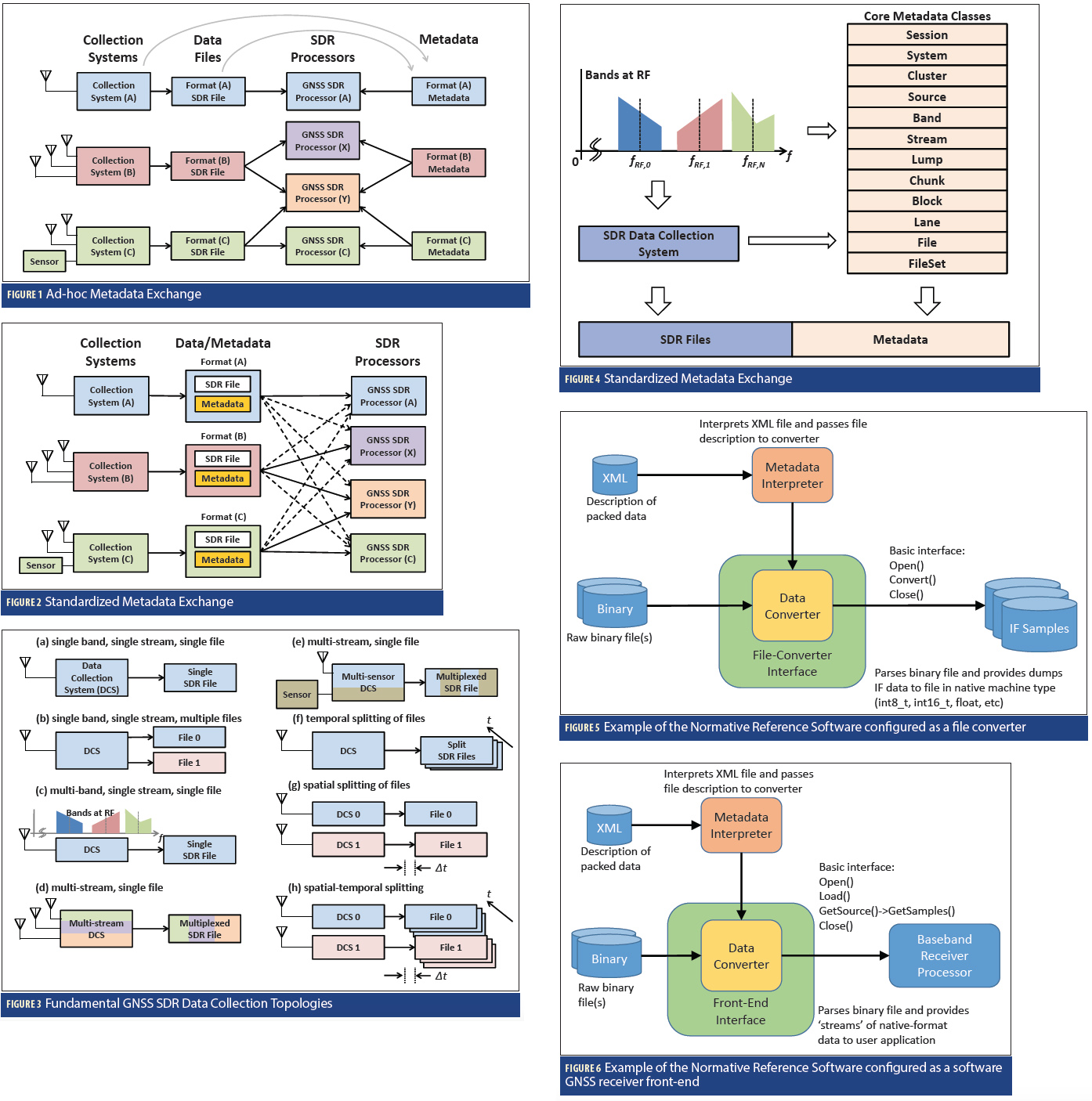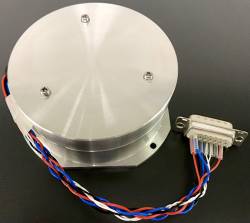Harbinger Sues for $2 Billion Alleging GPS Interference Intentionally Concealed
Phil Falcone’s Harbinger Capital is seeking $2 billion in damages for "massive fraud" alleging that Apollo Global Management and others sold it on a plan to launch a terrestrial broadband network while concealing test results showing the network would cause crippling GPS interference and be unlikely to be approved. Assertions
By Inside GNSS
